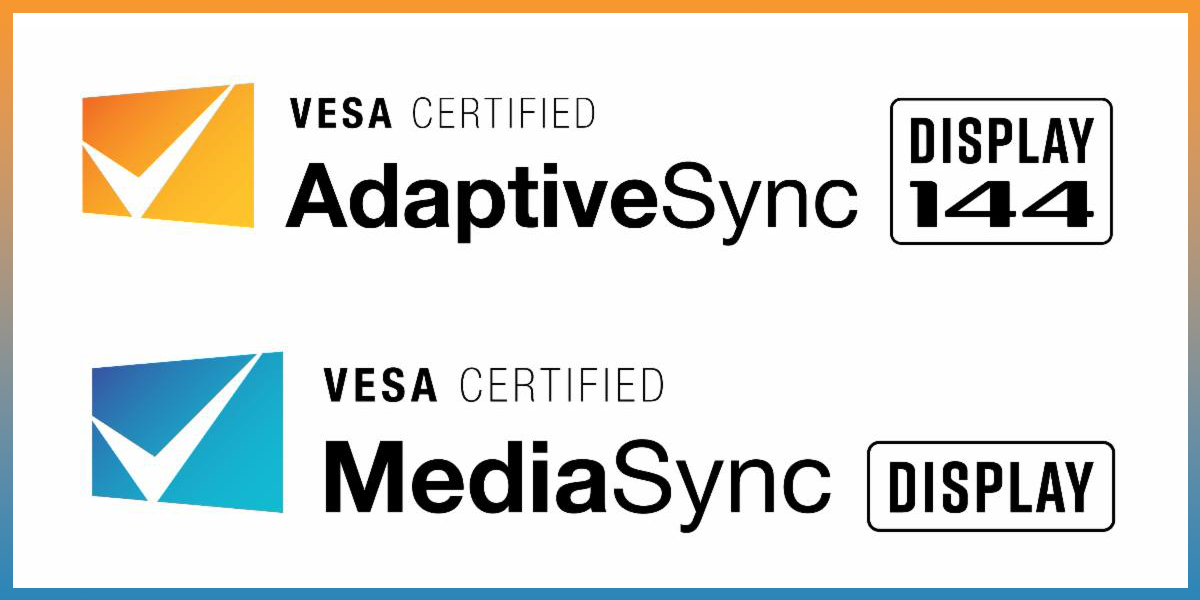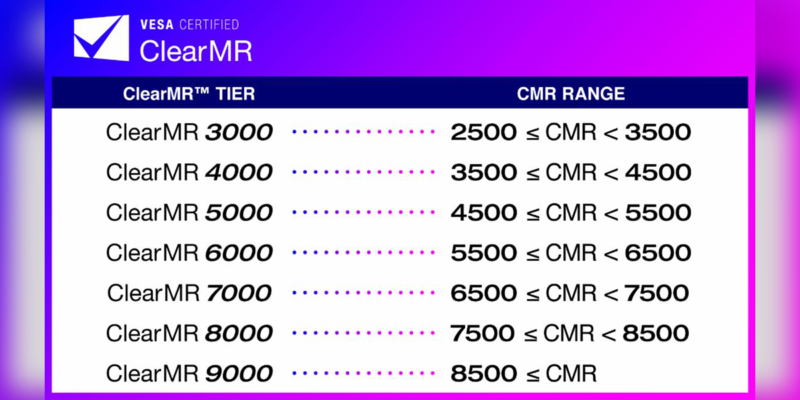VESA Publishes Update to Adaptive-Sync Display Compliance Test Specification

The Video Electronics Standards Association (VESA) today announced that it has published the first major update to its Adaptive-Sync Display Compliance Test Specification (Adaptive-Sync Display CTS), which is the first publicly open standard for front-of-screen performance of variable refresh rate displays. The updated specification, Adaptive-Sync Display version 1.1, features more comprehensive and robust testing, including expanding gray to gray (G2G) testing from a 5×5 test matrix to a subset of the much larger 9×9 test matrix, which results in more than tripling the number of G2G test scenarios. It also replaces the fixed percentage overshoot and undershoot limits when overdrive is enabled with limits based on values of Perceptual Quantization (PQ), which is better aligned to represent human sensitivity to light. These changes provide for a far better representation of the display’s variable refresh rate performance, including significantly reduced undershoot allowances.
Today, companies can begin certifying their display products under the new Adaptive-Sync Display spec. In addition, VESA will continue to allow products to be certified under the previous Adaptive-Sync Display 1.0 specification through the end of August 2023 to allow for products already in development designed to meet the original specification, which was published in May 2022. A complete list of Adaptive-Sync Display 1.0 and new 1.1 certified products can be found at https://www.adaptivesync.org/certified-products.
According to Roland Wooster, chairman of the VESA Display Performance Metrics Task Group responsible for the Adaptive-Sync Display CTS and the association’s representative from Intel Corporation for HDR and Adaptive-Sync display technology, “VESA’s Adaptive-Sync Display standard provides consumers with a clear and consistent set of metrics to easily compare variable refresh rate performance of displays supporting the VESA Adaptive-Sync protocol. VESA is always looking at ways to refine our specs based on industry feedback following their release, and the new G2G test requirements introduced with Adaptive-Sync Display version 1.1 result in an overall tighter specification, which will lead to better variable refresh rate performance in displays for consumers.”
The Adaptive-Sync Display standard provides for a comprehensive and rigorous set of more than 50 test criteria, an automated testing methodology and performance mandates for PC monitors and laptops supporting VESA’s Adaptive-Sync protocols. It also establishes a product compliance logo program comprising two performance tiers: AdaptiveSync Display, which is focused on gaming with significantly higher refresh rates and low latency; and MediaSync Display, which is designed for jitter-free media playback supporting all international broadcast video formats.




